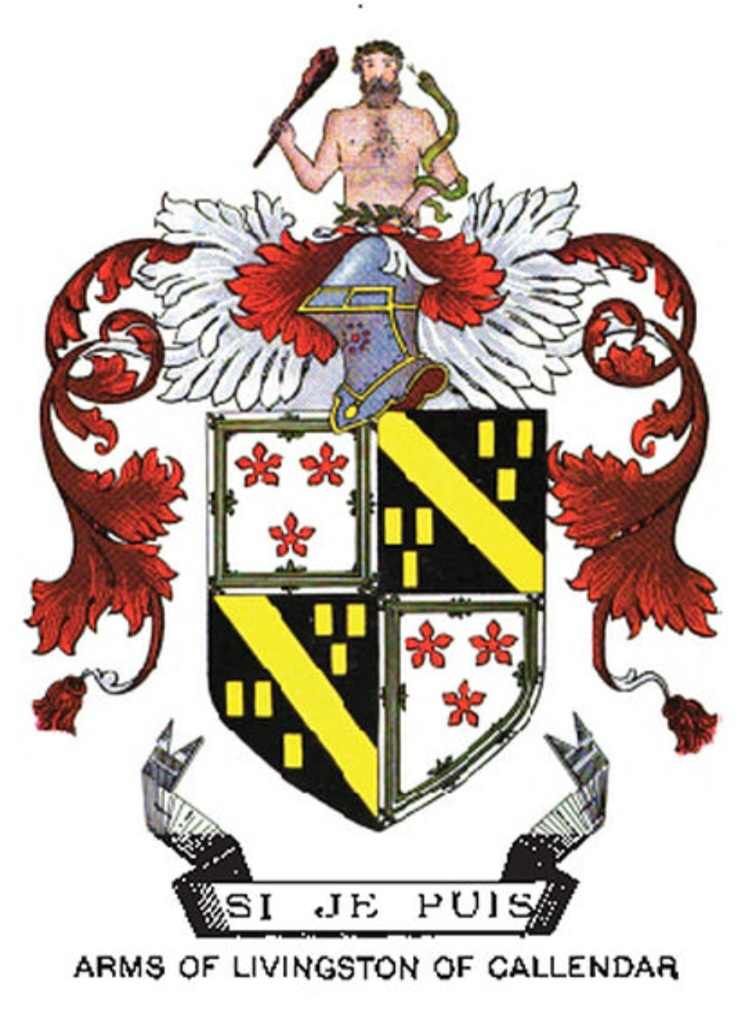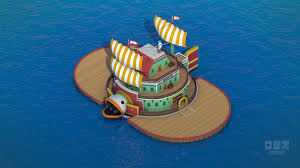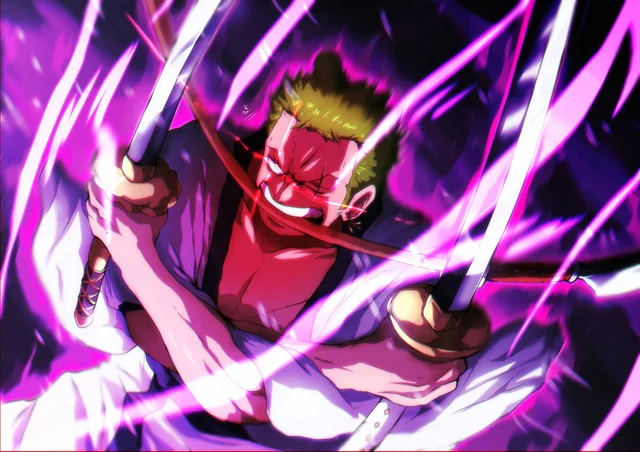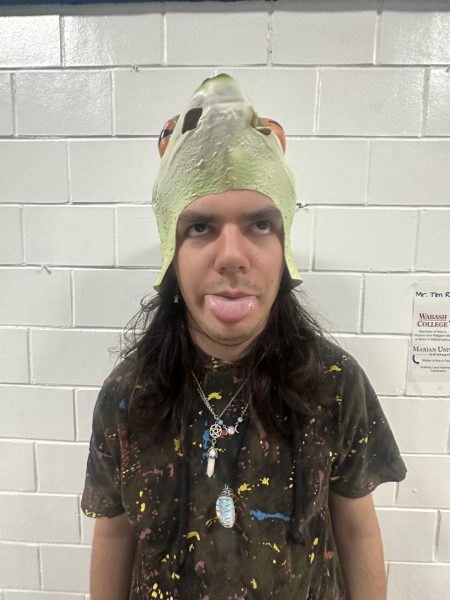Happy holidays!
This time of year, in the winter season, people around the world celebrate many different holidays in many different ways, such as Shab-E Yalda, Chanukah, Kwanzaa, Omisoka, Chunjie, Thai Pongal, Vaikuntha Ekadashi, Losar, Imbolg, Lohri, Maslenitsa, Rohatsu, Festivus, Wassailing, Makar Sankranti, Boxing Day, Holi, Soyal, Lohri, Malanka, Kartika Purnima, Dongzhi, Koliada, Krampusnacht, Valentine’s Day, and the many, many Christian holidays, such as St. David’s Day, Ganna, St. Sylvester’s Day, Lussinata, Epiphany, Sinterklaas, St. Stephen’s Day, St. Barbara’s Day, Immaculate Conception Day, Feast Day of our Lady Guadalupe, St. Basil’s Day, Las Posadas, Mardis Gras, Candlemas, Shrove Tuesday, Holy Innocents Day, and Christmas. Heck, the pseudo-religion of Pastafarianism holds approximately 90 holidays every winter (albeit every day has a holiday in Pastafarianism), with the most important being Holiday, a festival celebrating the holiday season. My personal favorite Pastafarian holiday is Nothingness Appreciation Day, the Pastafarian holiday on January 16-my birthday. With all seriousness, however, even in our small town we have diversity, and I am no exception-I celebrate Yule.
From the outside looking in, someone would probably assume that we celebrate Christmas, but they would be wrong. My family, especially on my mother’s side, has lots of Scottish ancestry, going back all the way to the 16th century’s House of Livingston, such as my fourteenth great-grandfather Sir Alexander Livingston, the 5th Lord of Callander and the guardian of Mary, Queen of Scots. We celebrate and honor our heritage with this celebration.
Going back in history, Christmas didn’t become a public holiday in Scotland until the late 1950s. Prior to the 1560s, most Scots celebrated Yule instead. The reformation of the church in Scotland in 1560 caused many Scots to move away from the large Yule celebrations, and by 1640 an act of parliament made celebrating Yule illegal.
But what is Yule, you may ask. Yule, also known as Yhoil, Yuil, Yuletide, Yulefest, Yhoiltide, Yhoilfest, Yuiltide, or Yuilfest, was once celebrated in one way, shape, or form throughout Northern, Western, Central, and Southern Europe. In fact, most Christmas celebrations were taken from Yule as a way to convince people to convert to Christianity. After all, what is humanity if not a fan of partying?
In Scotland, Yule goes back to the Norsemen (often called Vikings, but this is an exonym; it came from Old Norse vikingr, meaning raider or pirate). Freyr, the Norse god of the Sun, was celebrated around this time. They celebrated Yule around the time of the first full moon in the Norse month of Morsugur.
Starting on the Winter solstice, December 21, Yule begins, and it traditionally lasts for twelve days (which is where the twelve days of Christmas come from). These are the darkest days in Scotland, and is usually very cold. As such, many of Yule’s traditions revolve around fire and light, and large bonfires were lit to help keep warm. Feasts would be held to help fatten up for the upcoming winter, and our ancestors are honored and remembered.
So how do I celebrate it? We start decorating in the middle of December in greens, reds, silver, and gold, the colors of holly and light. We decorate an evergreen tree traditionally called a Yule Log (where the Christmas tree comes from; also the namesake of the yule log cake) with fake candles, bells, mistletoe, holly, and wreaths, and usually use ruby, garnet, bloodstone, diamond, and emerald (artificial, as we are not rich enough to afford precious gemstones to hang on tree branches) decorations.
We eat, drink, cook, and create spiced cider, herbal teas, and cookies… lots of cookies. My mother makes what she calls Oops Cookies, a peanut butter chocolate chip brownie cookie that she accidentally invented fifteen years ago as a Yule cookie, but she keeps the recipe secret, much to our dismay (which has led to numerous attempts to spy on her making the cookies). We share with our neighbors, coworkers, and loved ones.
All of this leads up to December 21, when we hold a family Yule feast, where we eat by candlelight and eat pork. The pork goes back to our ancestors traditionally hunting wild boar, but we don’t exactly have many native wild boar here in Crawford County, so pork is the next best thing. Freyr is said to have ridden through the sky on a flying golden bristled boar named Gullinbursti. Our pork is cooked with sage and rosemary, much like our ancestors’ wild boar was.
After eating, everyone gets to open one gift each day of Yule. Because of the twelve days of Yule, everyone gets to open twelve gifts. Although we don’t eat mince pie, it was also a traditional Yule food until it was outlawed, leading to the creation of pocket pies as people made them smaller to smuggle them in coat pockets. We do this until December 24h. On December 24, everyone opens up their Christmas Eve gift, which is usually a practical gift, with all of us getting the same thing, such as socks, blankets, or pajamas.
The next day, everyone opens up the rest of their gifts, and we have a family dinner of deer roast. This symbolizes the end of Yule due to the forced celebration of Christmas for our ancestors. That being said, every day of Yule we light a candle to honor our ancestors who-publicly or secretly-celebrated Yule after its criminalization, up to the day of Hogmanay on New Years’ Eve and New Years’ Day. The first guest to enter the house after Hogmanay is considered the Bringer of Good Fortune for the next year.
I will finish the article with a quote;
“Cultural differences should not separate us from each other, but rather cultural diversity brings a collective strength that can benefit all of humanity.”-Robert Alan










